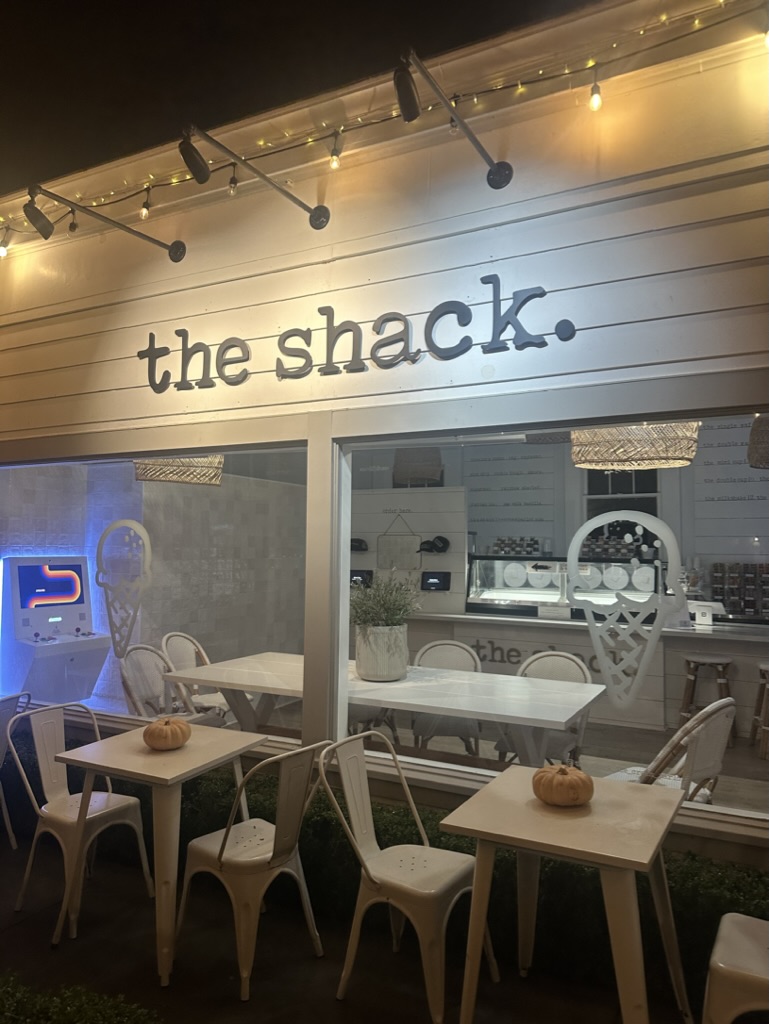Redwood is home to one program that is unique from any other in Marin County: Advanced Placement (AP) Capstone, a diploma program conducted over two year-long interdisciplinary courses that develop students’ research, writing and presentation skills. Rather than being subject specific, AP Capstone allows upperclassmen to design projects around their own interests, first in AP Seminar, devoted to building foundational research analysis and then in AP Research, where seniors culminate their skills in a year-long project centered around a topic of their choice.
Throughout their second year, AP Research students prepare a final 4,000 to 5,000 word academic paper and 15 to 20 minute oral presentation on their topic which they submit to the College Board.
Here is a look at three seniors and their projects.
Elena Wang – Sustainable Agriculture at Local Farms
Elena Wang took a more scientific route in her research, leaning into her aspirations of pursuing biology in the future and her interest in sustainable agriculture. She sought to know how sustainable farming techniques on a local farms affect nutrient leaching into nearby wetlands.
Though Wang had some early issues with developing her methodology in AP Research’s year-long time constraint, she eventually found data from local farms to use.
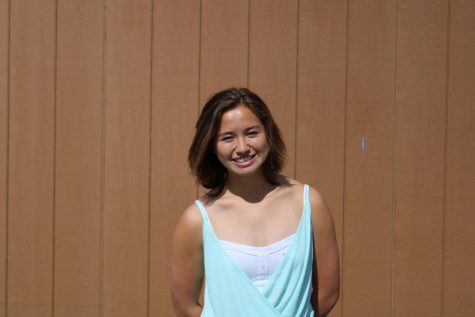
“Essentially what I ended up doing was collecting old chemical data on nitrogen [runoff] from this water quality [online] portal. I found [sustainable] data for Green Gulch Farm, which is located near Muir Woods, and I also found data for a farm in Ventura County because it uses non-sustainable techniques. [The Ventura farm] was a great comparison because it was about the same size, produced the same goods and sold to local farmer’s markets, like Green Gulch, so the only difference was it wasn’t organic,” Wang said.
After an in-depth statistical analysis, Wang did find that there was a significantly higher number of chemicals entering the water near the conventional farm in Ventura than near Green Gulch, due to the agricultural techniques used.
A large takeaway for Wang from the process was new connections she was able to make with other professionals in the natural sciences field.
“[Because] my topic moved more away from social sciences and towards a really specific niche topic, like hard sciences, I reached out to several people, like my AP Biology teacher from last year, Living Earth teachers…and professionals in the field. I now have a contact in the National Parks Service who showed me how to use the water quality portal. At the end [the contact] was like, ‘Can I see your presentation of your paper?’ So, those real world connections [were] a really cool takeaway,” Wang said.
Jackie Halberstadt – Cinderella Adaptations
Jackie Halberstadt has always loved fairy tales and has been reading and watching reiterations of them since she was little. This childhood nostalgia and fascination with the many Cinderella remakes led Halberstadt to analyze them as part of her AP Research project.
“My hypothesis was that [Cinderella adaptations] got worse as more were created. So I wondered, ‘What do people see in this storyline?’ The plotline is a little outdated, especially for modern times. So, [I asked myself.] ‘What about this appeals to audiences and do people even want more Cinderella?’” Halberstadt said.
Halberstadt watched a total seven movies for her project, intensively taking notes and eventually examining each on the Cinema Scale, a ranking system for films that uses subcategories like acting, directing, cinematography and sound effects, to give each a definitive ranking from one to ten.
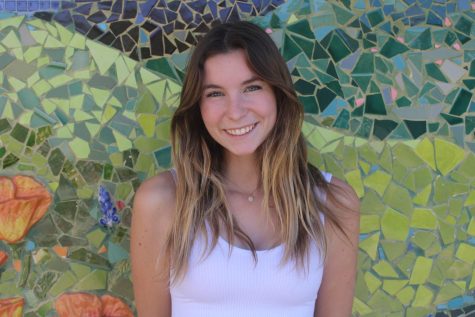
After successfully completing all seven films, including the original animated Walt Disney Cinderella from 1950, 20th Century Studios’ medieval 1998 Ever After with Drew Barrymore and Nickelodeon’s TV gender reversed 2012 version Rags starring Kiki Palmer, she would eventually find Warner Brothers 2004 A Cinderella Story adaptation with Hilary Duff to be the most successful. Halberstadt gave the movie a nine out of ten on the Cinema Scale.
In the end, she discovered a clear answer to her hypothesis after connecting the adaptation ranks with the year they were made.
“I found that they should not continue making Cinderella. Basically, as I watched more of them, it was the same exact story, but with minor differences. It felt very forced [in the newer ones] because there wasn’t much left to work with to make it ‘new.’ And for some reason, the acting got so much worse too and I think that stood out a lot,” Halberstadt said.
Jacob Smith – Toxic Athletic Environments
As someone intensely involved in athletics throughout his life, senior Jacob Smith came into AP Research knowing he wanted to focus on sports. After analyzing his own experiences and noticing gaps in current research, Smith narrowed his scope of inquiry to the culture around teams.
“In the past, I was part of some [sports] teams that were pretty toxic… That somewhat affected our team’s overall performance. So, [because of my experience,] I was curious if having a toxic locker room could correlate to a team’s overall success,” Smith said.
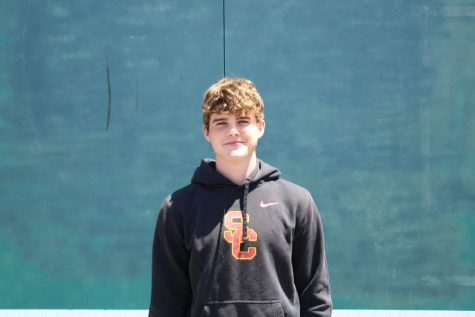
According to Smith, “locker room” is a loose definition that encompasses a team’s environment on the benches, track, sideline or field. To answer his question, he sent out a 17 question survey to Redwood student athletes, asking about people’s personal team experiences, and found some interesting results.
“Most of the participants that I surveyed credited most of the negative experiences and decreased performance to a coach’s negative environment. I feel that really impacts a team, a coach who, as an authority figure, has power over the athletes,” Smith said. “If they have a negative attitude and are bringing the kids or athletes down, that really affects [the athlete’s] performance.”
With these final results in mind, Smith hopes that his findings might contribute to a new, more positive, culture in sports, one that he’s already encountered.
“[On] my [club] hockey team, we had to go through a program called Safe Sport Training, which taught us the importance of being respectful in the locker room,” Smith said. “So, I am hoping that my research can inspire other people to further research on this topic, but also increase funding in our sports and to have programs like Safe Sport that teach all athletes and coaches the importance of being respectful in their team environment.”
Smith aims to continue his research on toxicity in sports into college, especially when he has a larger sample size and perhaps access to Division I athletes.
Almost a month ago, Smith, Wang and Halberstadt submitted their final research papers to the College Board, ending their year-long journey within their respective projects. As they transition to life beyond high school, the skills that AP Research has fostered will also carry over into that next stage.
“I loved [AP Research]. The class is set up a lot like a college class, so you really manage your own time,” Halberstadt said. “You [also] learn not just about your project, but about [other] methods of research. For example, even though I didn’t use human subjects, I learned about [them]. Even though it wasn’t applicable to my project, I still got the information. So in the future, I do know how to [conduct many levels of research].”





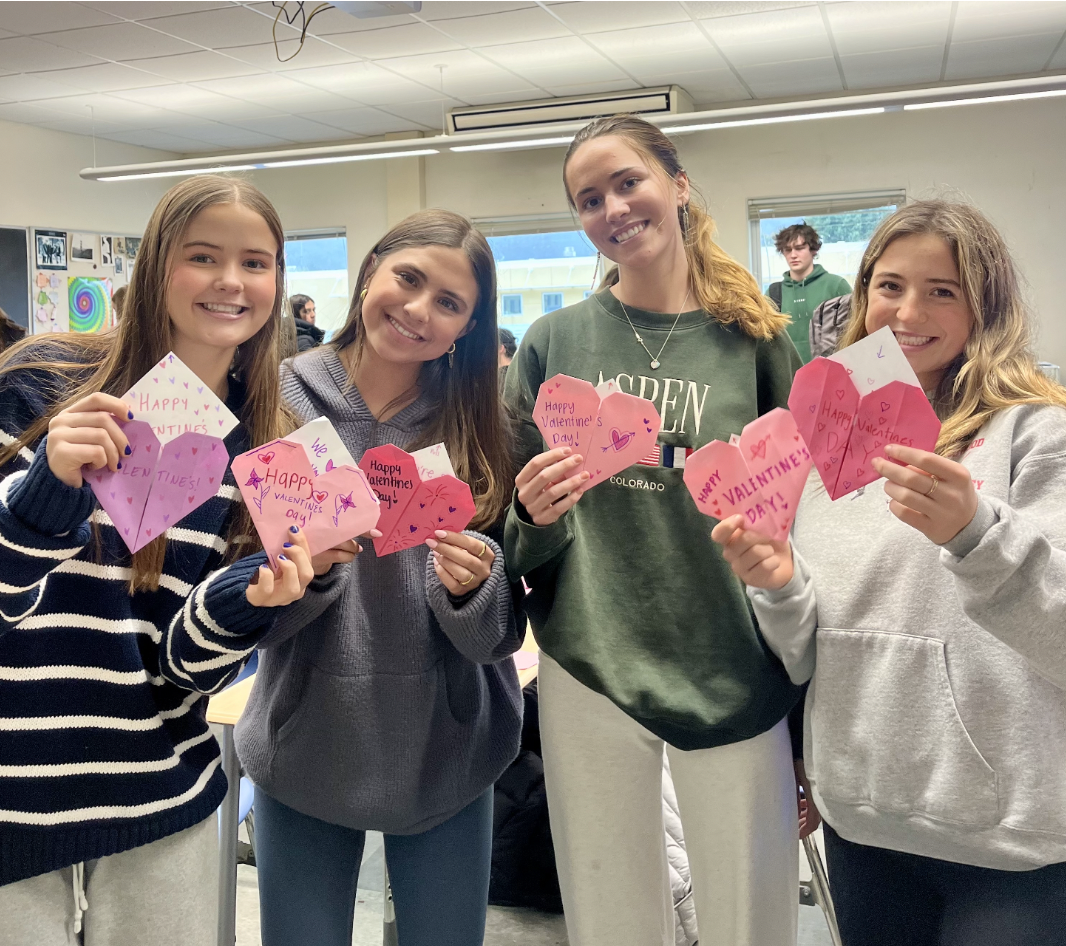
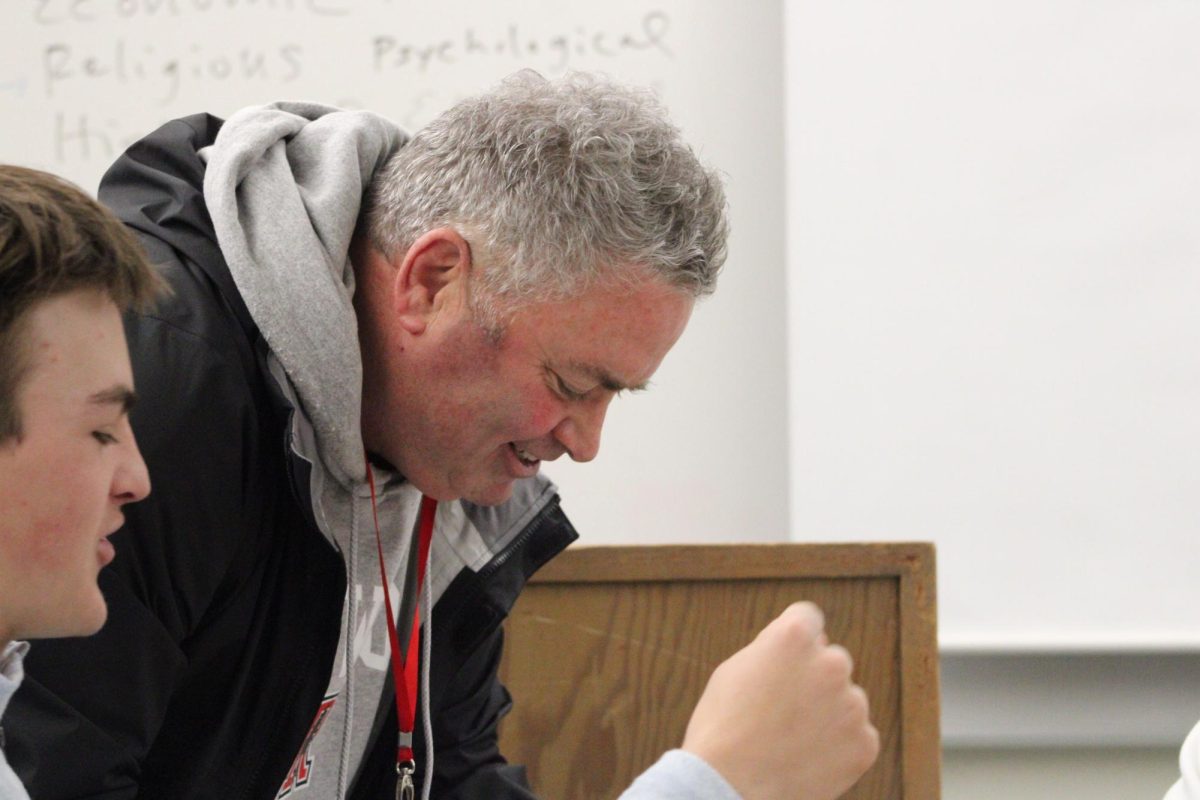
!["I knew I wanted to be a writer. I wasn't a good student [at Redwood], but I wanted to be a writer, and I wanted to paint. I'm self-taught in all of it, which gave me an original voice," Paige Peterson said. (Photo courtesy of Paige Peterson’s website).](https://redwoodbark.org/wp-content/uploads/2025/02/ppeterson.png)



